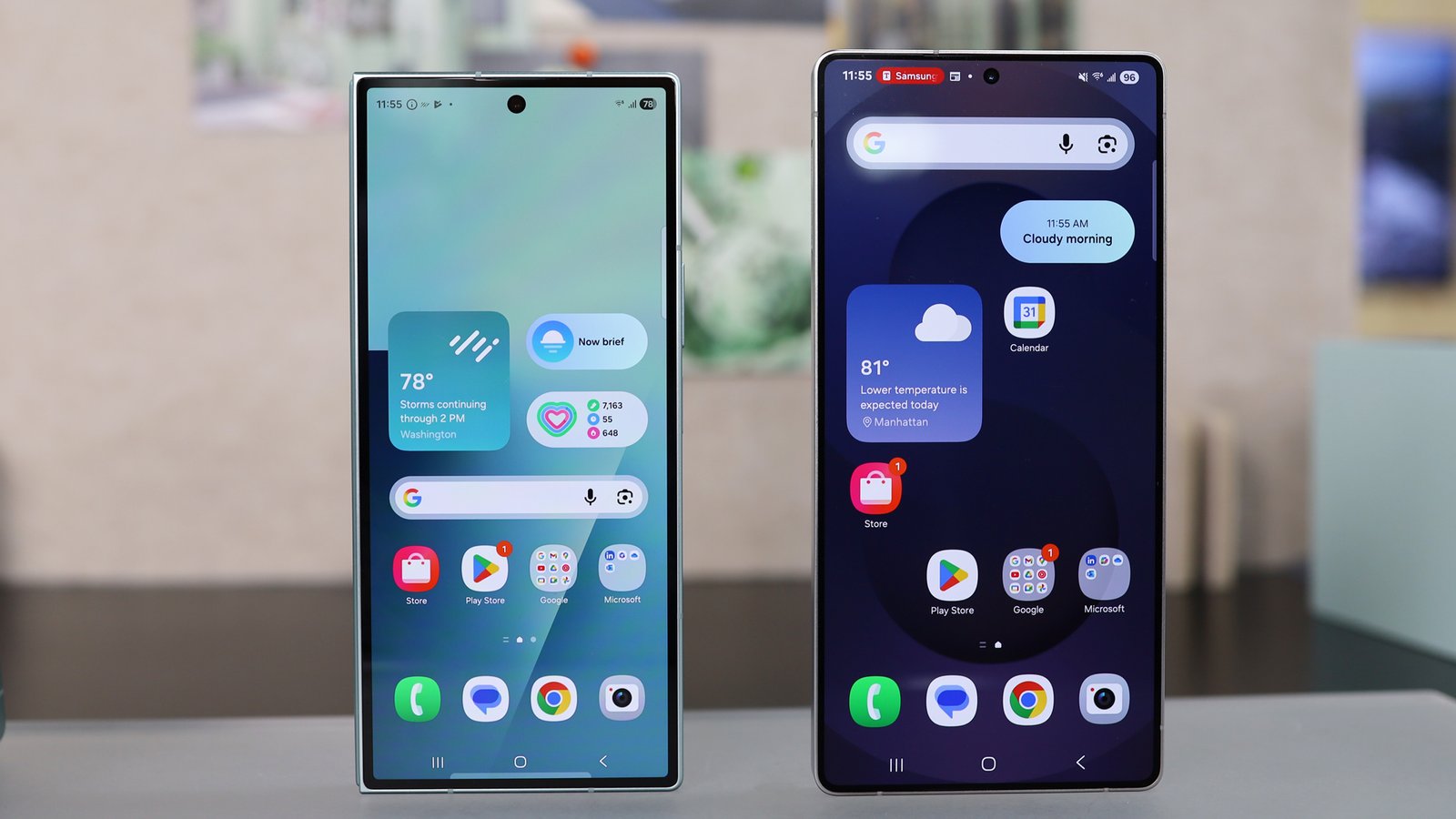This week, Samsung is boldly unveiling some of its most remarkable folding phones ever. They’re thinner, lighter, smarter, and, yes, more expensive. In the US, at least, that trend may continue in more dramatic fashion if President Trump moves forward with his 25% tariff on goods produced in South Korea.
Perhaps you didn’t realize that despite its ubiquity in the US, Samsung is based and operated out of South Korea. Like many global tech companies, it manufactures products at its home base, as well as in Vietnam, India, and Taiwan. In the US, President Donald Trump is trying to drag manufacturing back to the US shores and doing so mostly through the coercion of tariffs, which are basically taxes applied to all goods shipped into the US. It’s a cost that some worry will eventually be passed along to the consumer.
While not directly addressing the price of the now more expensive Galaxy Z Fold 7 and other Samsung mobile devices, Samsung Executive Vice President of Mobile Experience Dave Das said, during a Samsung Unpacked breakfast panel this week in response to a question on the impact of tariffs, “I’ll say the chips have not fully fallen where they may.”
Das joked, “The situation is so fluid, so rapidly changing, that I feel like I have to check my phone right now to make sure whatever I’m saying is still applicable.”
Samsung, Das contends, could be in a better position – at least as it refers to mobile products – to weather these fast-changing global trade circumstances. “I think one of Samsung’s greatest strengths is how agile and flexible we are,” said Das, referring to Samsung’s skills in manufacturing and supply chain management.
His team is gaming out various scenarios, but they are also keeping the lines of communication open. “We are working closely with this administration to ensure that no matter what, Samsung is able to deliver the best products, the best experiences, the best services to US consumers at an attractive price and a competitive price.”
Das didn’t talk specifically about any product or reference the $100 price increase on the latest Z Fold model, though it’s fair to assume that this adjustment is less about tariff concerns and more about more expensive components (the new 200MP sensor) and manufacturing (4.2mm thickness).
A dynamic situation
Flexibility in the rapidly evolving tariff picture is key, noted Das, adding that the team wants to manage and “work with the administration, again, to ensure we stay on course, and focused and we’re delivering great products.”
It’s a solid and rational answer in the face of what may be some irrational forces. Keeping track of where the US Administration is applying tariffs and by how much is almost impossible because it has changed if not by the hour, then certainly by the day.
As I write this, the tariffs on South Korea could equal 25%. By the time you read it, it could be lower or higher. What will matter to consumers most, though, is what they’ll be paying for the Samsung Galaxy Z Flip 7, 7 Flip FE, Z Fold 7, and all those wonderful Galaxy S25 handsets.
You may also like
This articles is written by : Nermeen Nabil Khear Abdelmalak
All rights reserved to : USAGOLDMIES . www.usagoldmines.com
You can Enjoy surfing our website categories and read more content in many fields you may like .
Why USAGoldMines ?
USAGoldMines is a comprehensive website offering the latest in financial, crypto, and technical news. With specialized sections for each category, it provides readers with up-to-date market insights, investment trends, and technological advancements, making it a valuable resource for investors and enthusiasts in the fast-paced financial world.
